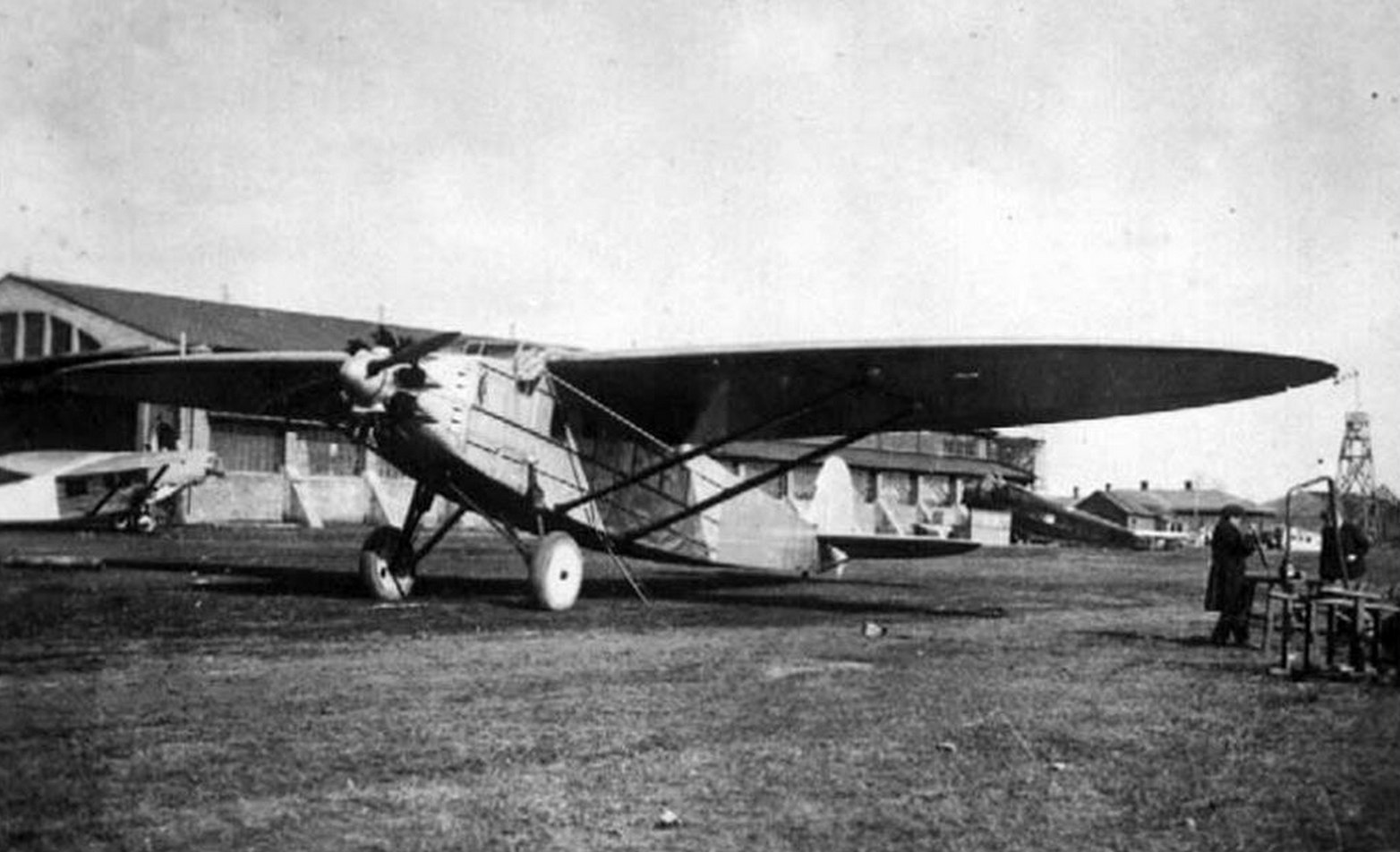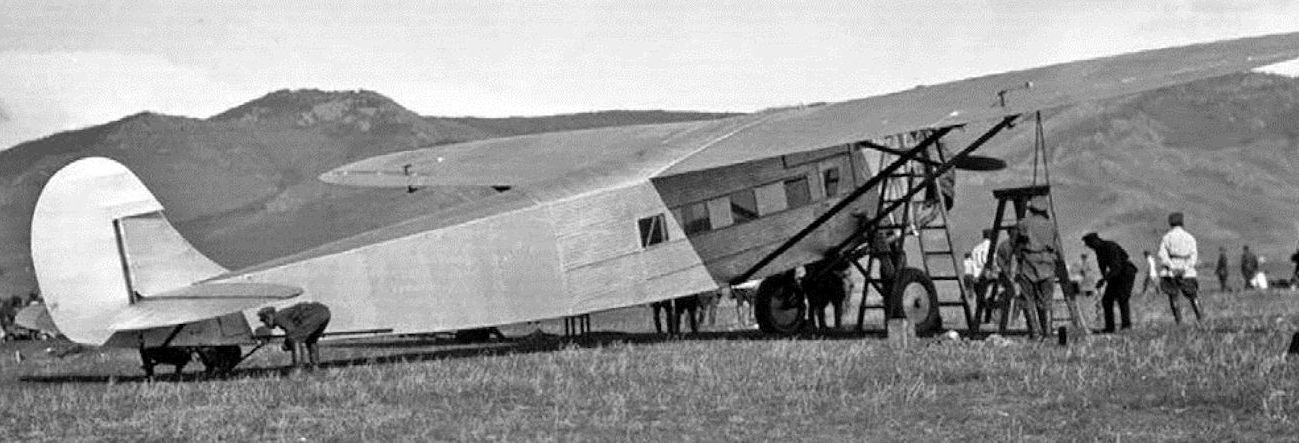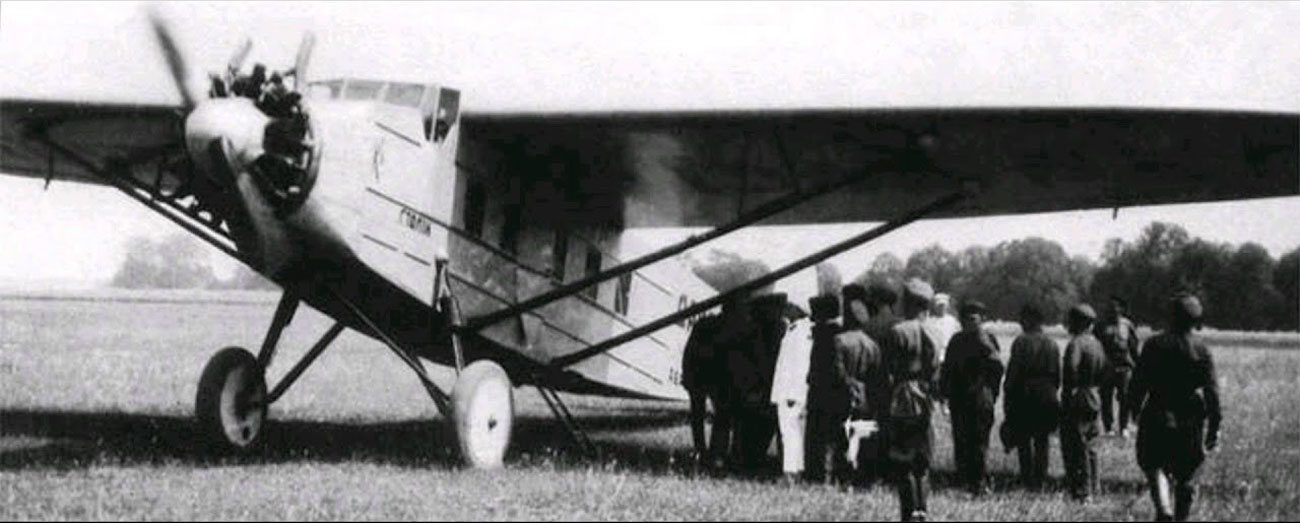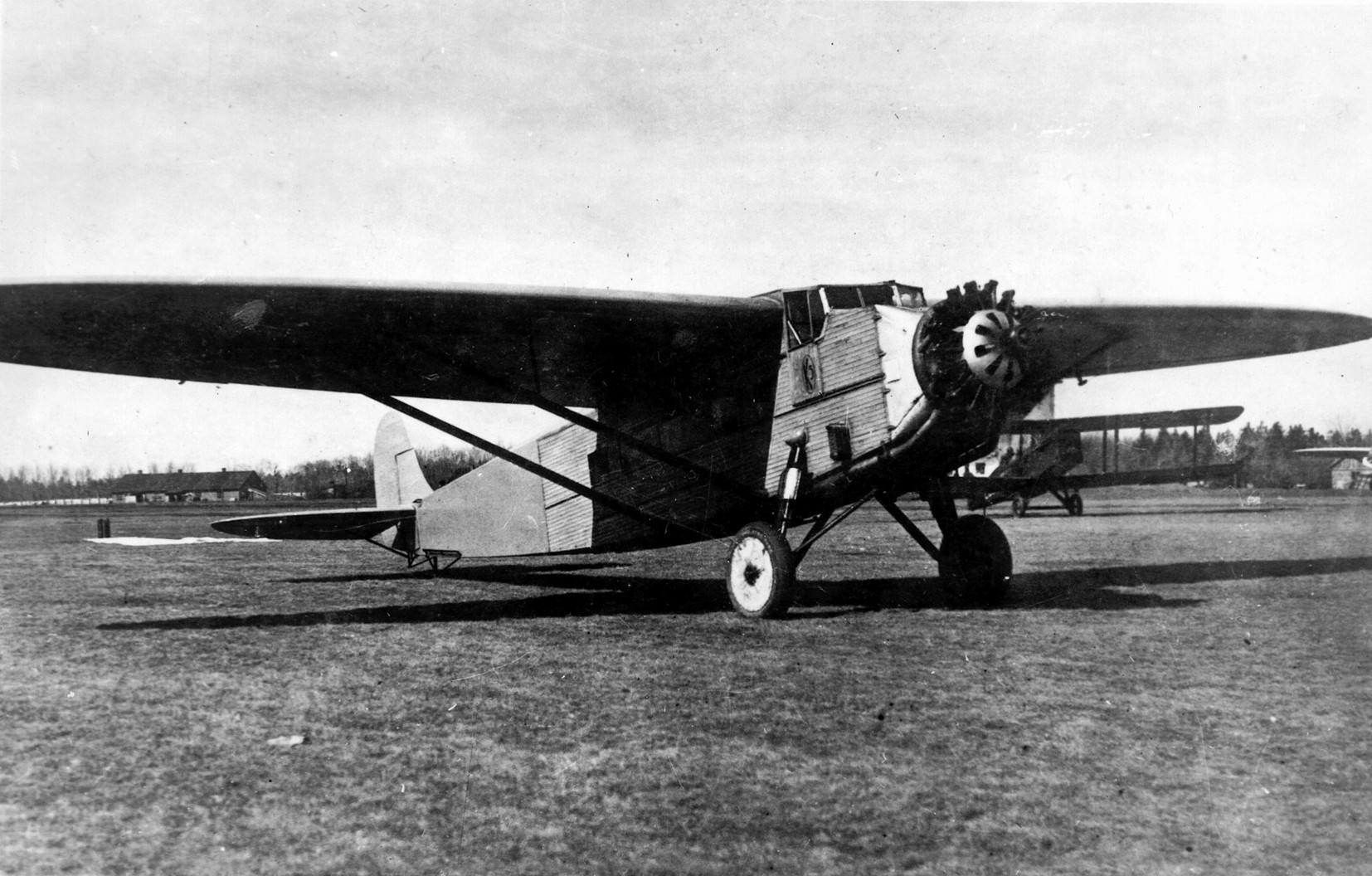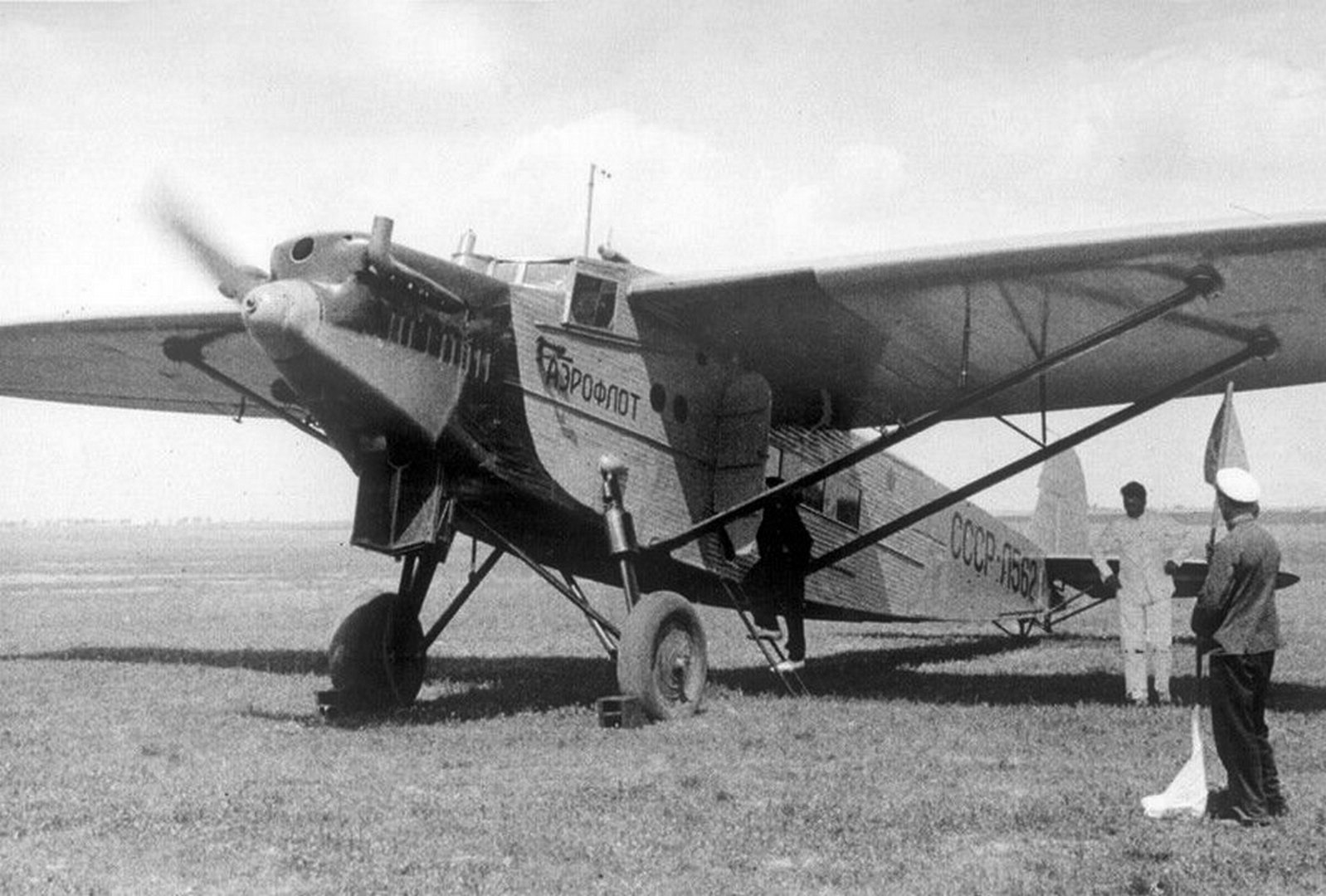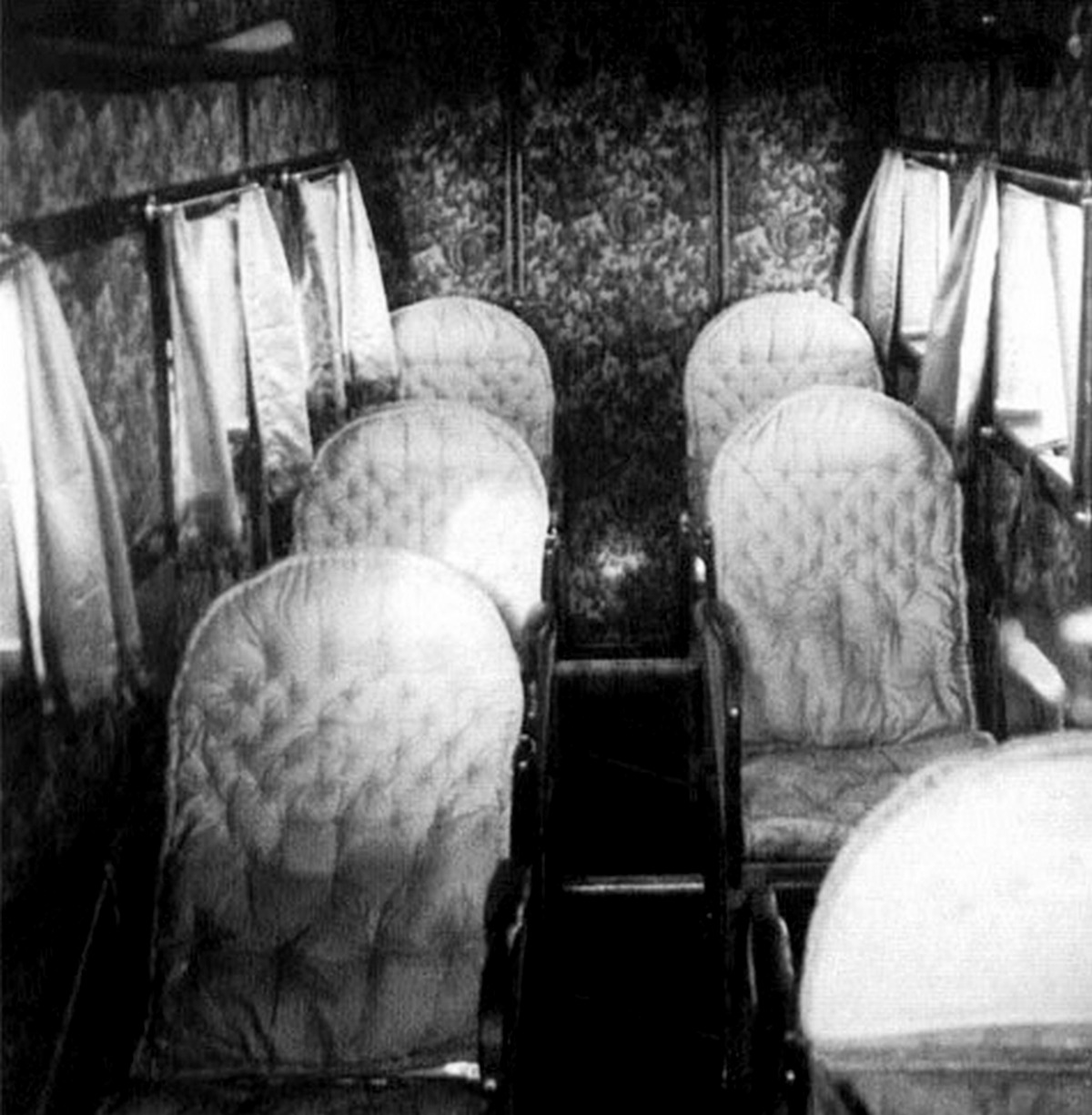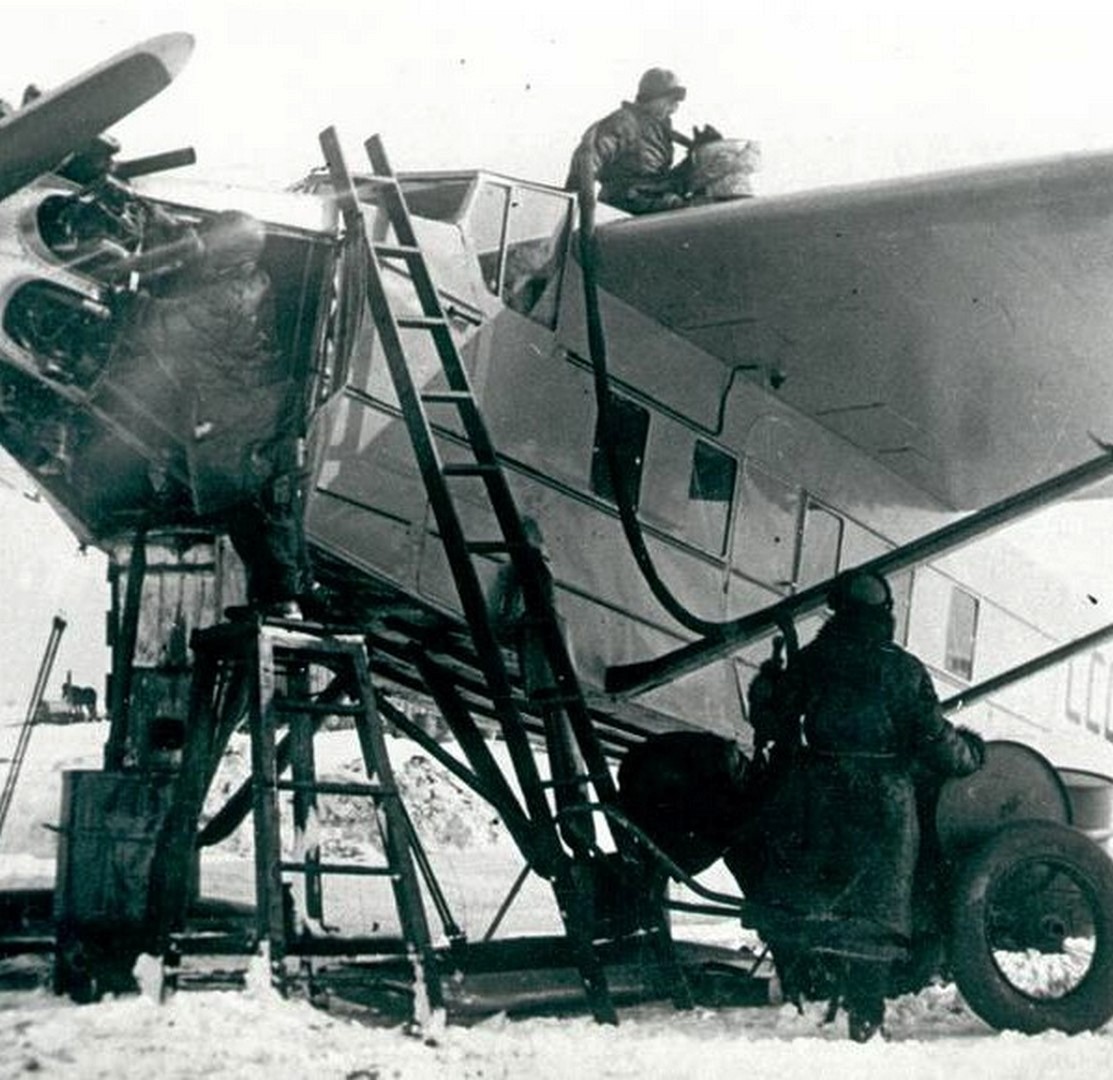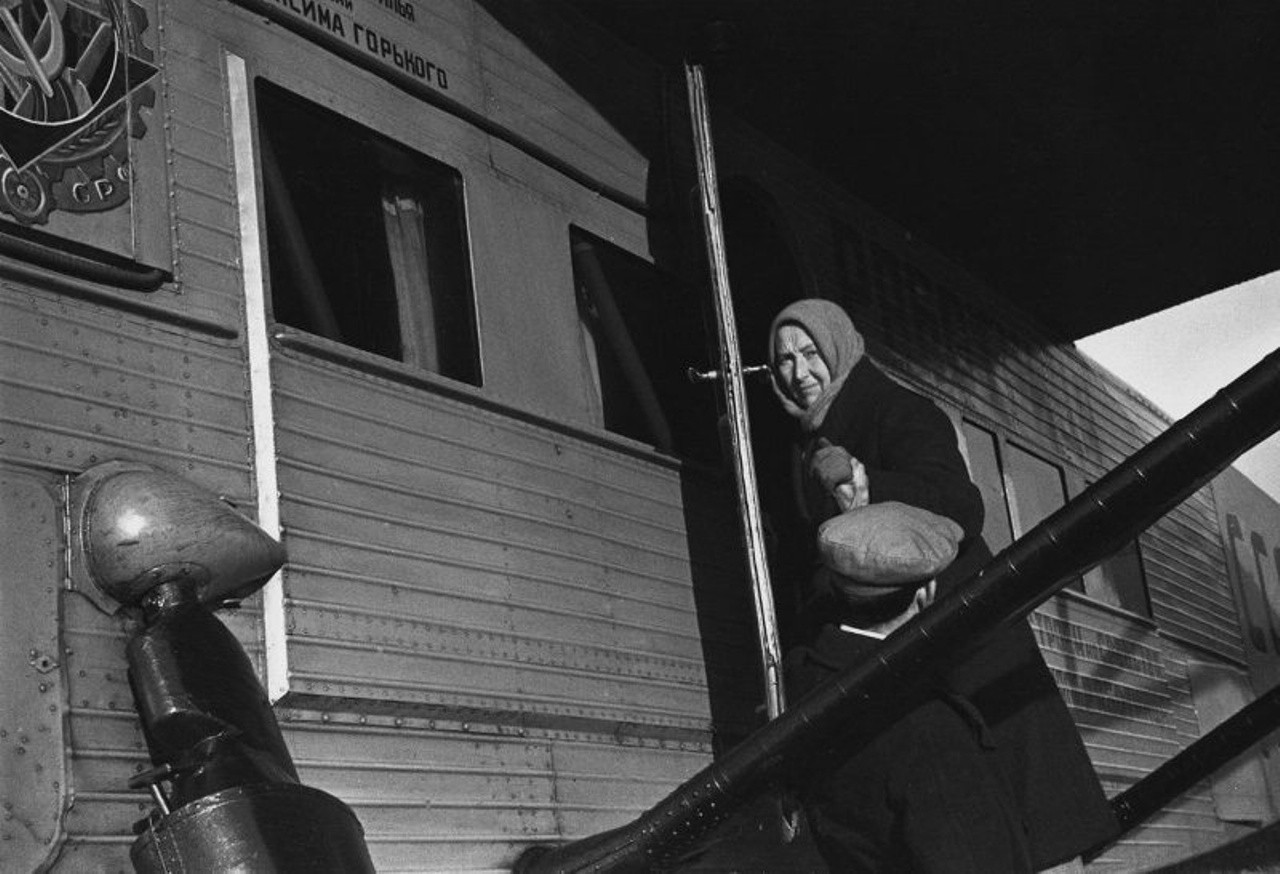95 Years of the K-5 Passenger Aircraft: History, Design, and Operation

On October 18th, it marked 95 years since the creation of the K-5 passenger aircraft, developed by Konstantin Kalinin's design bureau. On that day in 1929, its first prototype took to the skies in Kharkiv.
Conceptually, the K-5 was a development of Kalinin's earlier models. It was a strut-braced high-wing monoplane of mixed construction, designed to carry 8 passengers. The fuselage had a rectangular cross-section with a frame welded from steel tubes. The same construction was used for the center section of the wing. The front part of the fuselage was covered with duralumin panels, while the rear part was fabric-covered. The elliptical cantilever wing had a wooden frame with fabric covering. A notable feature of the aircraft was its adjustable stabilizer, which allowed for operation across a wide range of center-of-gravity positions.
The K-5 used several powerplant options. The first production models were equipped with the M-15 air-cooled radial engine, producing 450 hp. However, it proved to be extremely unreliable, and they switched to the similar M-22 engine, which produced 480 hp and was manufactured in Zaporizhzhia. But these engines were prioritized for the military, and there was a shortage of them for the K-5. As a result, they had to switch to the heavier, though more powerful, 730-hp M-17F water-cooled engine. With this engine, the K-5 had a length of 15.9 meters, a wingspan of 20.5 meters, a maximum takeoff weight of 4,030 kg, a top speed of 206 km/h, and a range of 960 km.
Overall, the manufacturing process of the K-5 was relatively simple and did not require complex production equipment. This allowed for the rapid establishment of serial production at the existing facilities of the Kharkiv Aviation Plant, where 257 units were built by the end of 1934, including the first prototype. The aircraft were inexpensive, but their quality left much to be desired.
The K-5 became the most widely produced passenger aircraft of pre-war USSR. It was easy to pilot, simple to maintain, and well-suited for the Soviet airlines of the time. Passengers, who were not accustomed to luxury, were quite satisfied with the comfort level onboard, which included comfortable seats, ventilation, and heating.
However, operators had their complaints about the K-5, particularly regarding the powerplant, especially in the early models. Welded structures occasionally developed cracks. In one instance, the engine mount broke mid-flight, causing the engine to detach. This occurred during a flight for repairs, and no passengers were onboard. The pilot remained calm, adjusted the stabilizer to the maximum angle, and made a successful emergency landing.
In addition to passenger and mail transport, civilian K-5s were used for aerial photography and as medical aircraft. A small number were employed by security forces, including border guards. With the outbreak of the German-Soviet war, the remaining civilian K-5s were mobilized and served until 1943.

 Fan-page
Fan-page Youtube
Youtube TikTok
TikTok Aviamuseum
Aviamuseum State Aviation Museum
State Aviation Museum
